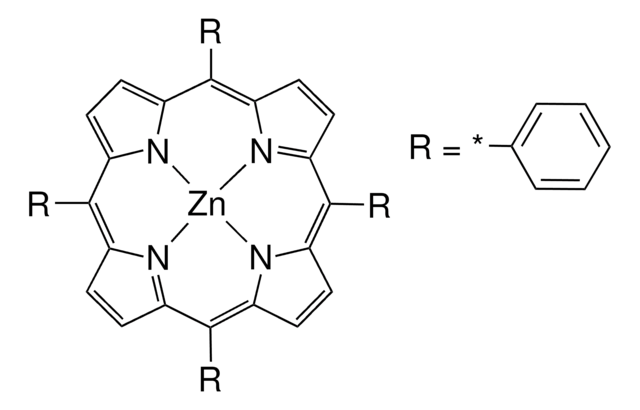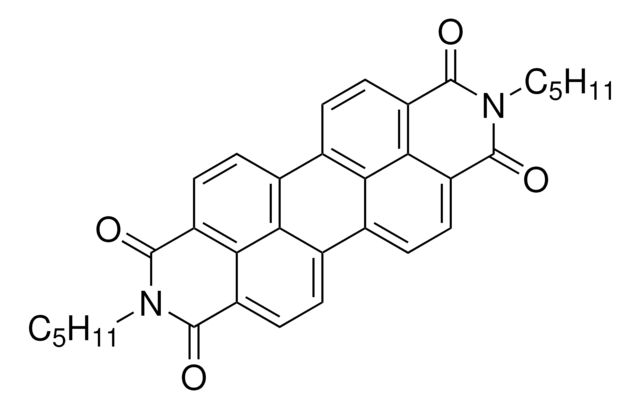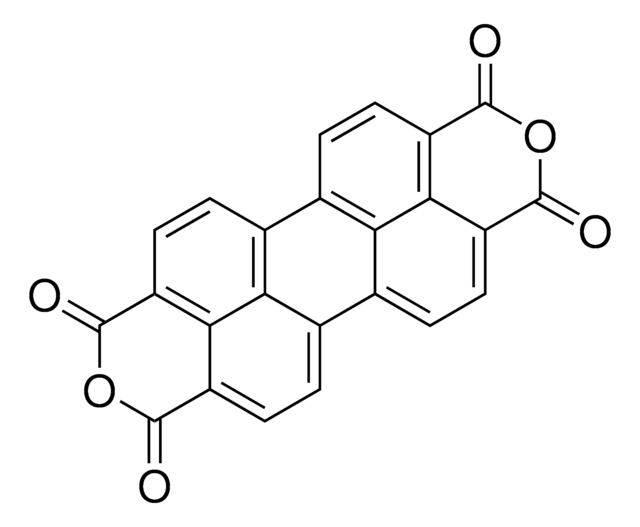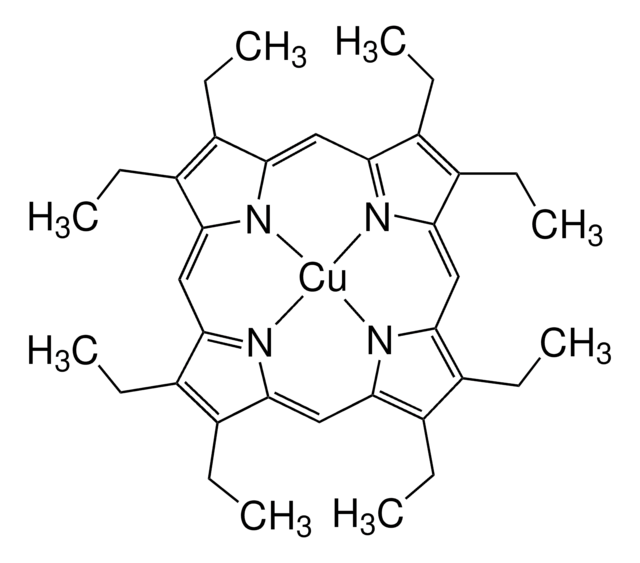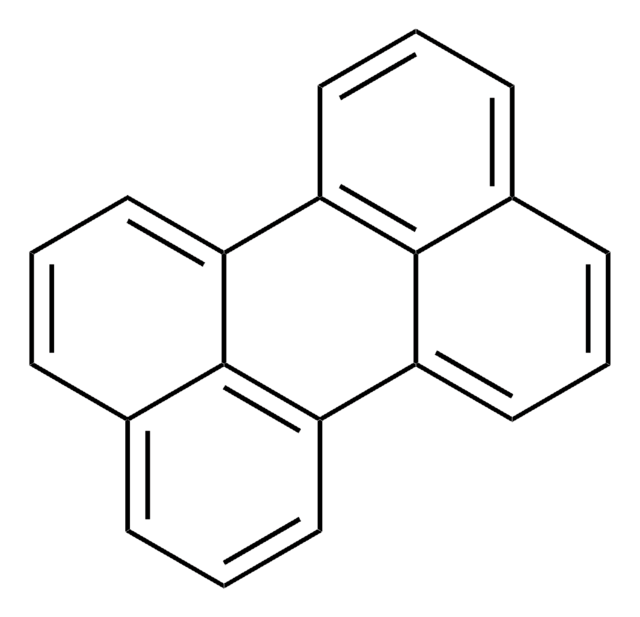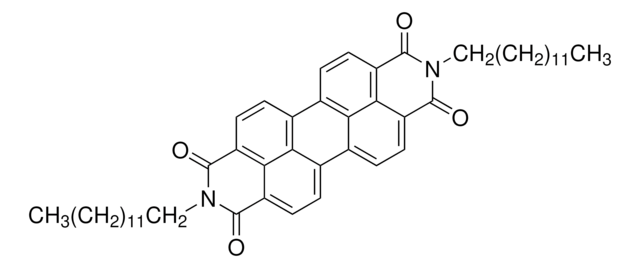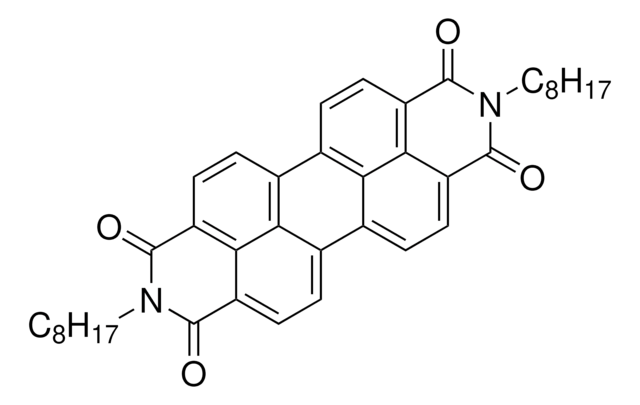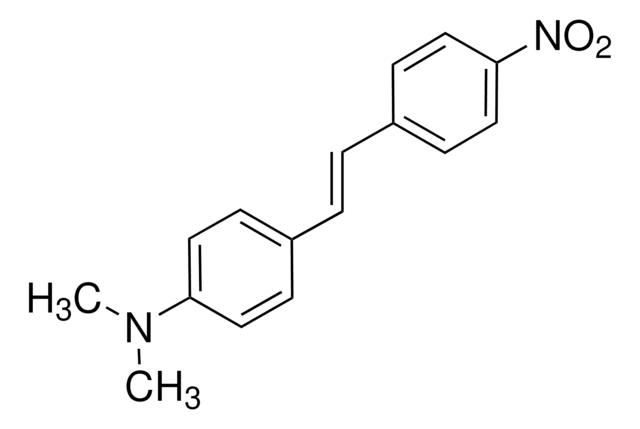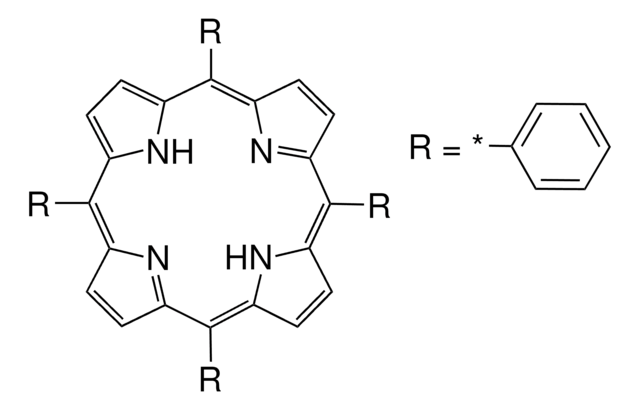264229
N,N′-Bis(2,5-di-tert-butylphenyl)-3,4,9,10-perylenedicarboximide
Dye content 97 %
About This Item
Produits recommandés
Pureté
97%
Forme
solid
Composition
Dye content, 97%
Pf
>300 °C (lit.)
λmax
528 nm
Propriétés du semi-conducteur
N-type (mobility=1.8x10−4 cm2/V·s)
Chaîne SMILES
CC(C)(C)c1ccc(c(c1)N2C(=O)c3ccc4c5ccc6C(=O)N(C(=O)c7ccc(c8ccc(C2=O)c3c48)c5c67)c9cc(ccc9C(C)(C)C)C(C)(C)C)C(C)(C)C
InChI
1S/C52H50N2O4/c1-49(2,3)27-13-23-37(51(7,8)9)39(25-27)53-45(55)33-19-15-29-31-17-21-35-44-36(22-18-32(42(31)44)30-16-20-34(46(53)56)43(33)41(29)30)48(58)54(47(35)57)40-26-28(50(4,5)6)14-24-38(40)52(10,11)12/h13-26H,1-12H3
Clé InChI
BIYPCKKQAHLMHG-UHFFFAOYSA-N
Description générale
Application
Mention d'avertissement
Warning
Mentions de danger
Conseils de prudence
Classification des risques
Eye Irrit. 2 - Skin Irrit. 2 - STOT SE 3
Organes cibles
Respiratory system
Code de la classe de stockage
11 - Combustible Solids
Classe de danger pour l'eau (WGK)
WGK 3
Point d'éclair (°F)
Not applicable
Point d'éclair (°C)
Not applicable
Équipement de protection individuelle
dust mask type N95 (US), Eyeshields, Gloves
Certificats d'analyse (COA)
Recherchez un Certificats d'analyse (COA) en saisissant le numéro de lot du produit. Les numéros de lot figurent sur l'étiquette du produit après les mots "Lot" ou "Batch".
Déjà en possession de ce produit ?
Retrouvez la documentation relative aux produits que vous avez récemment achetés dans la Bibliothèque de documents.
Articles
Intrinsically stretchable active layers for organic field-effect transistors (OFET) are discussed. Polymer structural modification & post-polymerization modifications are 2 methods to achieve this.
Fabrication procedure of organic field effect transistor device using a soluble pentacene precursor.
Solution-processed organic photovoltaic devices (OPVs) have emerged as a promising clean energy generating technology due to their ease of fabrication, potential to enable low-cost manufacturing via printing or coating techniques, and ability to be incorporated onto light weight, flexible substrates.
There is widespread demand for thin, lightweight, and flexible electronic devices such as displays, sensors, actuators, and radio-frequency identification tags (RFIDs). Flexibility is necessary for scalability, portability, and mechanical robustness.
Notre équipe de scientifiques dispose d'une expérience dans tous les secteurs de la recherche, notamment en sciences de la vie, science des matériaux, synthèse chimique, chromatographie, analyse et dans de nombreux autres domaines..
Contacter notre Service technique